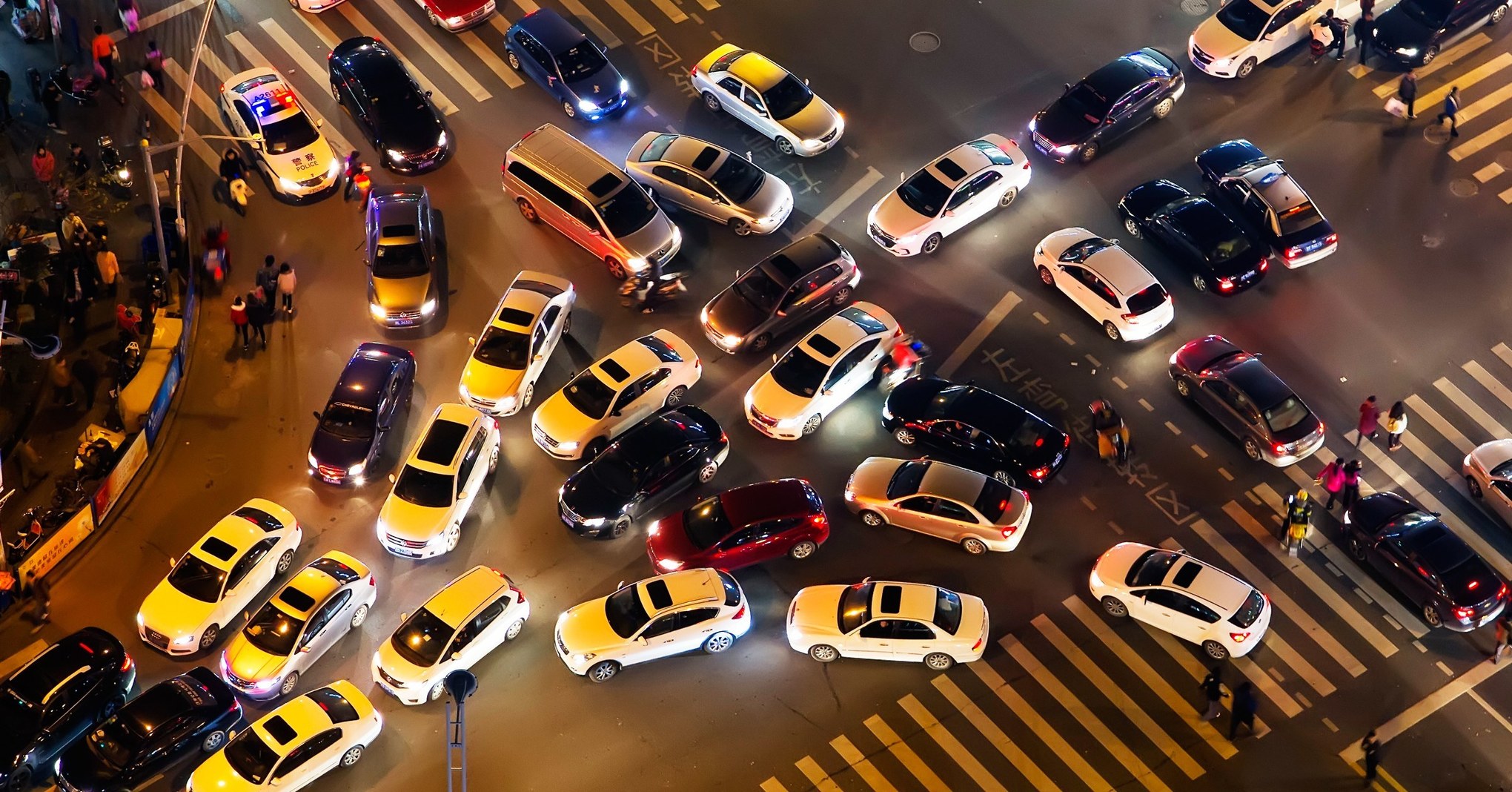TO AMERICAN EYES, Germany may look like a public transit paradise. But the country also has a flourishing car culture that began over a hundred years ago and has only grown since then.
Behind Japan and the United States, Germany is the third-largest automobile manufacturer in the world—home to BMW, Audi, Mercedes Benz, and Volkswagen. These brands, and the economic prosperity they’ve brought to the country, shape Germany’s cultural and political identities. “There is no other industry as important,” Arndt Ellinghorst, the chief of Global Automotive Research at Evercore, told CNN.
A similar phenomenon exists in the United States, where gas-guzzlers symbolize nearly every cliche point of American pride: affluence, capability for individual expression, and personal freedoms. Freedom, in particular, “is not a selling point to be easily dismissed,” Edward Humes wrote in The Atlantic in 2016. “This trusty conveyance, always there, always ready, on no schedule but its owner’s. Buses can’t do that. Trains can’t do that. Even Uber makes riders wait.”
It’s this cultural love of cars—and the political influence of the automotive industry—that has so far prevented the public pressure necessary to provoke widespread change in many developed nations. But say those barriers didn’t exist. How could developed countries tweak their automobile policies to solve climate change?
For Germany to meet emissions targets, “half of the people who now use their cars alone would have to switch to bicycles, public transport, or ride-sharing,” Heinrich Strößenreuther, a Berlin-based consultant for mobility strategies told YaleEnvironment360’s Christian Schwägerl last fall. That would require drastic policies, like having local governments ban high-emitting cars in populated places like cities. (In fact, Germany’s car capital, Stuttgart, is considering it.) It would also require large-scale government investments in public transportation infrastructure: “A new transport system that connects bicycles, buses, trains, and shared cars, all controlled by digital platforms that allow users to move from A to B in the fastest and cheapest way—but without their own car,” Schwägerl said.
One could get away with more modest infrastructure investments if governments required carmakers to make their vehicle fleets more fuel-efficient, thereby burning less petroleum. The problem is that most automakers seek to meet those requirements by developing electric cars. If those cars are charged with electricity from a coal-fired power plant, they create “more emissions than a car that burns petrol,” energy storage expert Dénes Csala pointed out last year. “For such a switch to actually reduce net emissions, the electricity that powers those cars must be renewable.”
The most effective solution would be to combine these policies. Governments would require drastic improvements in fuel efficiency for gas-powered vehicles, while investing in renewable-powered electric car infrastructure. At the same time, cities would overhaul their public transportation systems, adding more bikes, trains, buses and ride-shares. Fewer people would own cars.
At one point, the U.S. was well on its way toward some of these changes. In 2012, President Barack Obama’s administration implemented regulations requiring automakers to nearly double the fuel economy of passenger vehicles by the year 2025. But the Trump administration announced a rollback of those regulations earlier this month. Their intention, they said, is to “Make Cars Great Again.”
The modern cars they’re seeking to preserve, and the way we use them, are far from great. Of course, there’s the climate impact—the trillions in expected economic damage from extreme weather and sea-level rise caused in part by our tailpipes. But 53,000 Americans also die prematurely from vehicle pollution each year, and accidents are among the leading causes of death in the United States. “If US roads were a war zone, they would be the most dangerous battlefield the American military has ever encountered,” Humes wrote. It’s getting more dangerous by the day.
Sourced through Scoop.it from: www.wired.com



Leave A Comment